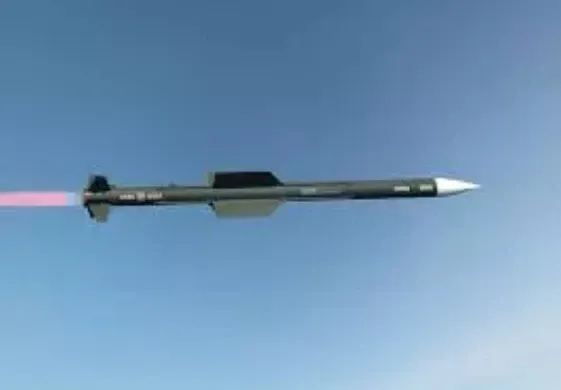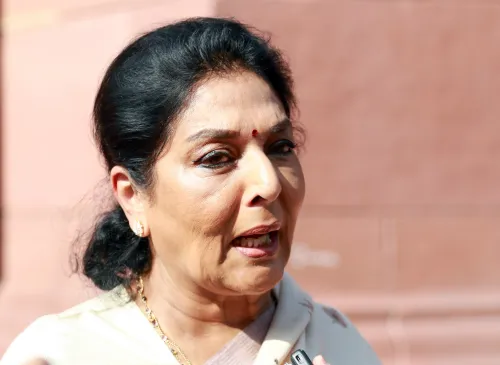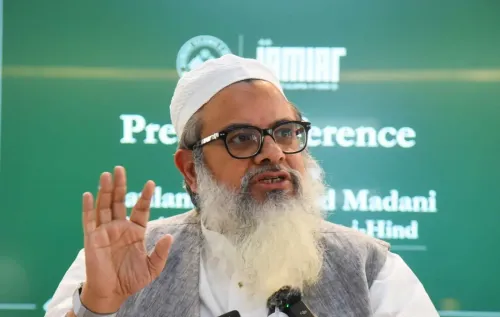How did DRDO and IAF achieve success with Astra BVRAAM?

Synopsis
Key Takeaways
- Successful flight test of Astra BVRAAM conducted by DRDO and IAF.
- Equipped with an indigenous radio frequency seeker.
- Missile successfully intercepted high-speed targets, validating performance.
- Collaborative effort involving over 50 Indian industries.
- Reinforces Atmanirbhar Bharat vision in defense technology.
New Delhi, July 11 (NationPress) In a remarkable advancement for India's defense self-sufficiency, the Defence Research and Development Organisation (DRDO) and the Indian Air Force (IAF) successfully executed a flight test of the ASTRA, a Beyond Visual Range Air-to-Air Missile (BVRAAM), featuring an indigenous radio frequency seeker from a Sukhoi-30 Mk-I fighter jet off the coast of Odisha, as reported by Ministry of Defence officials.
The Ministry detailed that during the mission, two missiles were launched against high-speed unmanned aerial targets under varying ranges, launch platform conditions, and target aspects.
In both cases, the Astra missiles successfully intercepted and eliminated the targets with remarkable precision, thus confirming the system's effectiveness.
According to the Ministry, the indigenous radio frequency seeker, developed by DRDO, showcased outstanding performance alongside all missile subsystems.
The flight tests were meticulously monitored using data captured by tracking systems at the Integrated Test Range (ITR) in Chandipur, reinforcing the missile's reliability and accuracy.
The Astra missile boasts a range exceeding 100 km and is equipped with state-of-the-art guidance and navigation technology.
The missile's development has been a concerted effort involving numerous DRDO laboratories and over 50 Indian industries, including both public and private sectors like Hindustan Aeronautics Limited (HAL).
Defence Minister Rajnath Singh expressed his congratulations to the DRDO, IAF, and industry partners for the successful testing and development of the indigenous radio frequency seeker.
He described this achievement as a pivotal milestone in essential defense technology, supporting the vision of Atmanirbhar Bharat.
Samir V. Kamat, Secretary of the Department of Defence Research and Development and DRDO Chairman, also congratulated all teams involved, praising their commitment and efforts in reaching this significant advancement in air-to-air missile capabilities.










